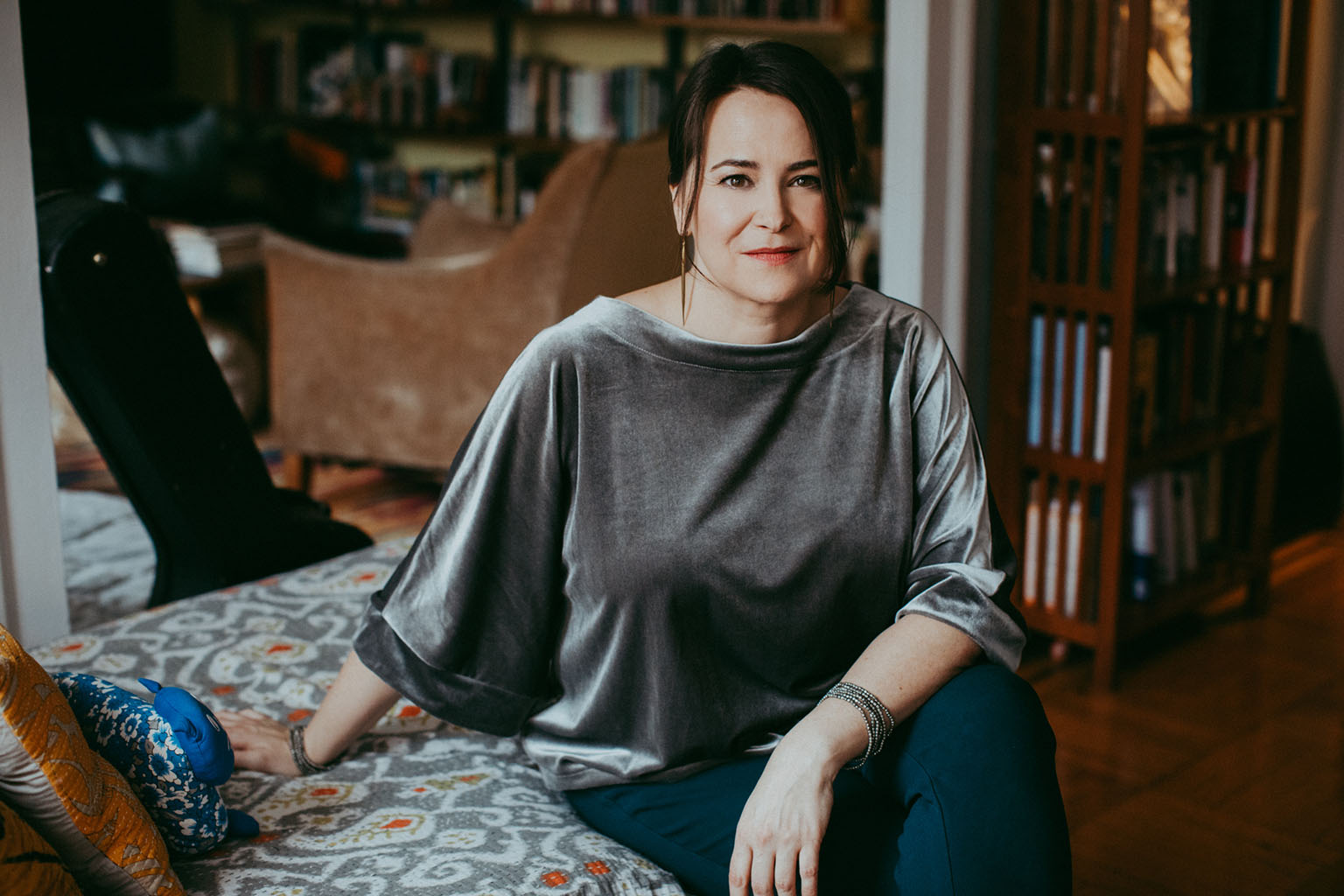Part book review, part impressionistic scribblings on the joys of reading and the struggles of carving out time in which to do it, #ABookishYear is a weekly dispatch from the front lines of an intellectual journey spanning fifty-two tomes.
A Woolf in Progressive Clothing
By Roxanne Fequiere
The much-heralded bomb cyclone was already fully underway at the moment I realized I hadn’t yet gotten my hands on a copy of Virginia Woolf’s Orlando. The cynic in me suspected that I could probably make it to the library and back unscathed by frostbite or hypothermia. The slacker in me hardly cared to get out of bed and find out. Weighing deadlines against personal preference, I decided to make a rare exception to my rule of never reading books off a screen, purchased a digital copy for $8.63, and got right down to it.
“He for there could be no doubt of his sex, though the fashion of the time…” Wait, what? I paused, went back to the start of the sentence. “He for there could be no doubt of his sex, though the fashion of the time did something to disguise it was in the act of…” Either Woolf was intent on disorienting the reader, or something was missing. I did some Googling, rustled up a free web edition of the novel, and found the issue. My digital copy had somehow omitted all punctuation save for commas and periods, rendering it fairly useless to me. I began anew in my web browser: “He—for there could be no doubt of his sex, though the fashion of the time did something to disguise it—was in the act of slicing at the head of a Moor which swung from the rafters.” Oh.
To grapple with the white gaze in its various forms—insidious and clunky, violent and patronizing, dismissive and invasive—is a constant obstacle for black readers of the Western canon, like a series of footnotes meant to remind you that the piece of literature in question was perhaps never meant for your consumption in the first place. I think of Nick Carraway, laughing incredulously at the sight of “three modish Negroes, two bucks and a girl,” being driven by a white chauffeur, Tom Buchanan holding forth on “The Rise of the Colored Empires” and roaring about “intermarriage between black and white.” I think of Charles Marlow, making his way up the Congo River and describing black faces as “grotesque masks.” You can’t even get more than a few pages into Breakfast at Tiffany’s before you encounter “a Negro squatting in a doorway carving monkeys on a walking stick” and cupping his privates. Black bodies have long served as literary shorthand for that which the white author considers improbable, pitiful, unseemly, or foreign.
I imagined the Moor’s head a crude marker of time, a vile way of telegraphing to the reader that this opening scene takes place in olden times—the Elizabethan era, specifically—and that these remains are the result of conquests preceding that period. I should have have known better. It isn’t long before Woolf clarifies that the use of a dead man’s remains in her opening scene was meant to serve as insight into Orlando’s multilayered personality, “all those contortions and subtleties of temper which were indicated on the first page, when he slashed at a dead nigger’s head; cut it down; hung it chivalrously out of his reach again and then betook himself to the window seat with a book.”
There’s more—a “Blackamoor” named Grace who can seemingly only communicate by “showing all her teeth at once in a broad grin,” a wild Orientalist fever dream of a scene that takes place in Constantinople, another reference to Orlando as “the boy who cut the nigger’s head down; the boy who strung it up again,” just in case you weren’t sufficiently impressed the first time around with Woolf’s mastery of character development—but I’ll leave you with this. In 1925, Woolf passed a black man on the street and wrote the following in her diary: “…A nigger gentleman, perfectly fitted out in swallow tail & bowler & gold headed cane…what were his thoughts? Of the degradation stamped on him, every time he raised his hand & saw it black as a monkey's outside, tinged with flesh colour within?”
Woolf’s gaping, willful shortcomings on the subject of race are, if not surprising, perhaps most jarring when contrasted with her ability to play with the idea of gender, identity, and the passage of time itself. Orlando takes place over the course of some three hundred years, though Orlando only ages from sixteen to thirty-six. Some characters live and die within a normal timeframe, while others live for centuries like Orlando. The biographer, as Woolf characterizes her narrator, hurls herself headlong from century to century, only to pause and remark at length on a full year of near nothingness that accompanies the completion of a manuscript: “Since sitting in a chair and thinking is precisely what Orlando is doing now—there is nothing for it but to recite the calendar, tell one’s beads, blow one’s nose, stir the fire, look out of the window, until she has done.”
At the age of thirty, Orlando wakes up one morning inside the body of a woman, and eventually makes her way back to England, where strangers, house staff, and high society alike essentially welcome her back with little fanfare regarding her changed sex. Androgynous men and women cross paths with Orlando at every turn, and she herself gets into the habit of donning the somewhat outdated men’s clothes of her past life in order to inhabit a different facet of her personality when she roams the streets of London. Still, for all of the tumult of time passed and personal transformation packed into three centuries, Orlando’s core remains fundamentally unchanged. She is a woman, once a man, who has always been enamored of nature, moved by great works of literature, thrilled by new experiences, and passionate in the pursuit of love.
It’s a remarkably progressive notion that belies itself each time it leans needlessly on the ugliest of broad strokes to paint a picture of racial otherness. When I wasn’t repelled by the latter, I found myself drawn in by the former, delivered in florid and fantastical prose with a few comical detours rendered in a dry, cracking wit. There is so much that can be said for and against the notion of separating an artist’s work from the artist herself, but, dear reader, I hope you’ll forgive me if I don’t get around to reading A Room of One’s Own or Mrs. Dalloway this year. I don’t think I could stomach it.
Roxanne Fequiere is a New York–based writer and editor who might just make it after all.
Featured Book
Follow along with Roxanne's #abookishyear here.
Return to
FEATURED INTERVIEWS








